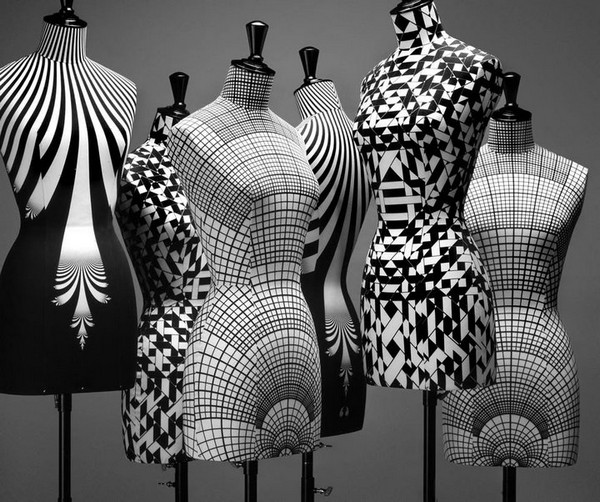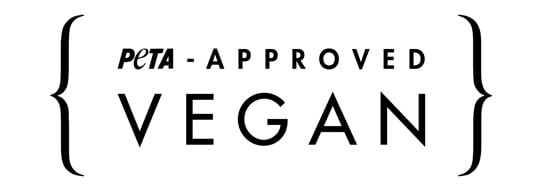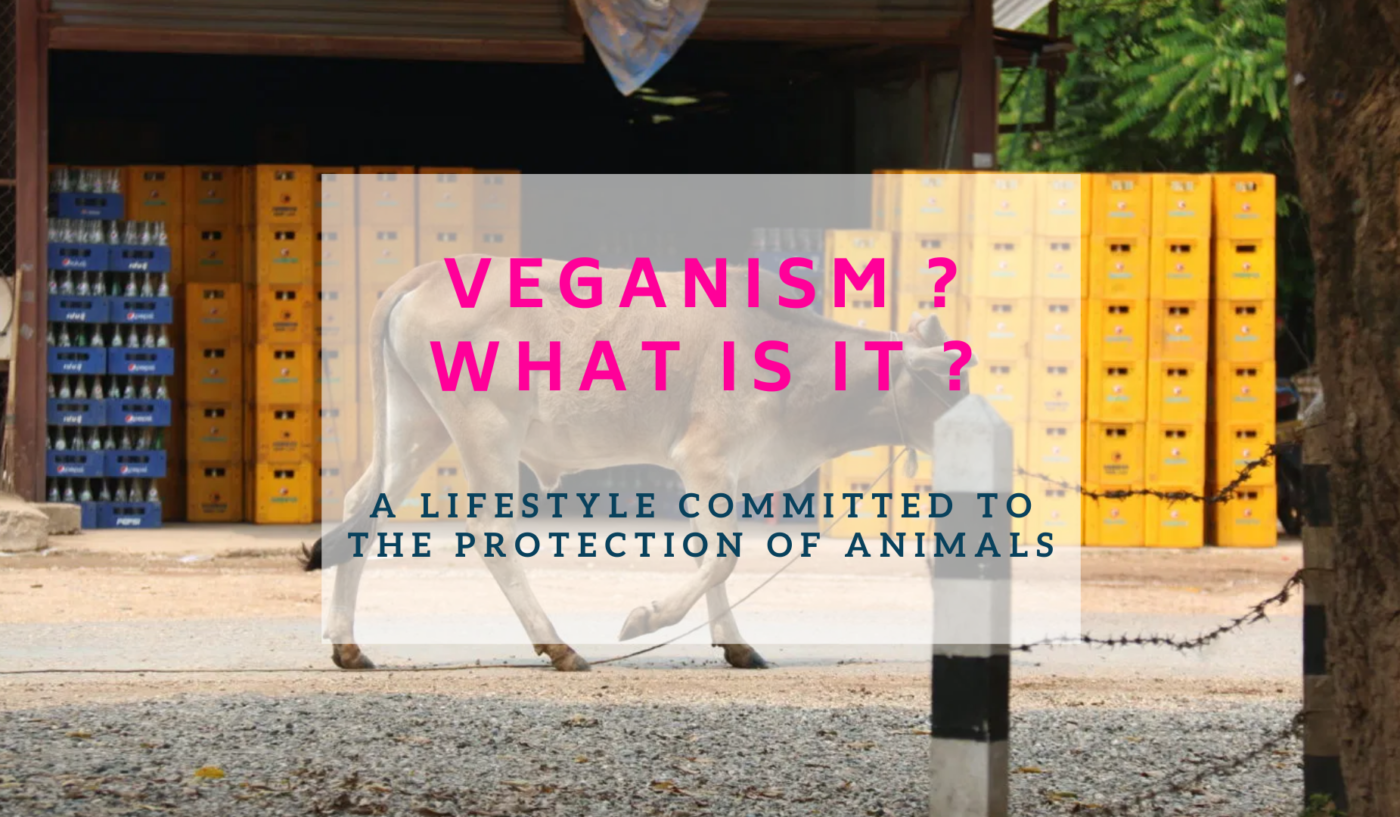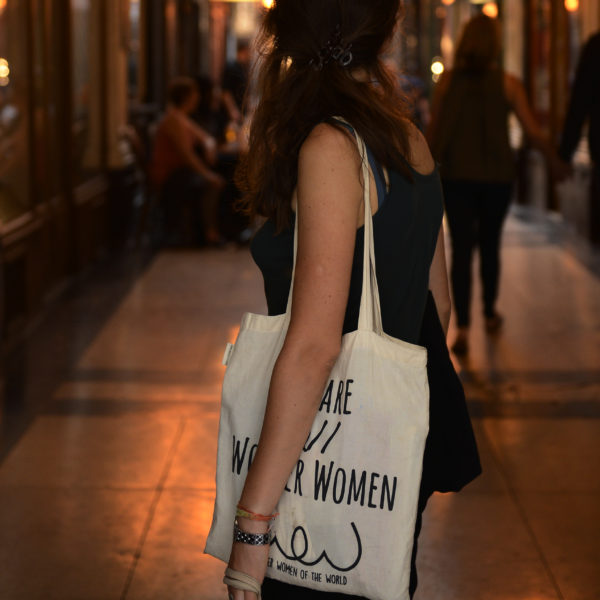We hear a lot of talking about vegan, veganism, vegetarian, vegan… but sometimes it can be difficult to really know what is behind these terms.
Here is our guide to help you find your way around and better understand this choice! Because, above all, it is a choice.
Deciding not to contribute to animal suffering is not saying « I can’t » but « I don’t want to ».
Glossary
VegetaRian : anyone who doesn’t eat animal flesh. So they eat eggs or honey and drink animal milk. This choice is sometimes described as an ovo-lacto-vegetarian diet (useful when choosing a menu in the plane!).
Vegan (VégétaLien in French) : anyone who does not eat any products from the animals. They therefore eat exclusively products of plant origin.
Up to now, we talked exclusively about food.
This is where veganism comes in, extending the rejection of animal exploitation to non-food areas. Vegans are committed to the protection of animals and thus refuse to dress in animal materials (leather, wool, silk – and fur of course), or to use them for make-up, or to maintain their homes. People think less about it, but many ingredients are derived from animals.

Clothing
We will start today with a focus on clothing, because that is what we know more about.
Often materials of animal origin are considered as noble. A leather bag is considered to be better than another. A silk dress is more elegant. A wool sweater is warmer.
Nobility can indeed be said to exist when there has been animal suffering in the middle. One must justify the price of animal suffering.
Let’s take a closer look.
Leather
It’s not just a by-product of meat production. It’s a real industry, because the producers sell the hides. The biggest luxury brands have even invested in farms entirely dedicated to their leather production. This means that it is a lucrative business. The problem being that an old cow will have wrinkled skin, and therefore less beautiful for the industry. So she will never live as many years as she could.
And when we investigate what happens with the hides from other animals, it’s even worse.
An edifying report by Paolo Marchetti, who in 2015 won 3rd prize in the Word Press Photo (the equivalent of the Césars in photojournalism!), shows the cruelty of breeding in the luxury industry. A must see.
Is it really worth it to have a leather bag?
Clearly it’s not. Many alternatives have always existed like polyurethane (PU), PVC (more harmful to the environment) or coated canvas.
And today, when you see all the new recycled materials and textile innovations from recycled plants like pineapple (our beloved Piñatex®) or mushroom, grape, apple, or cactus, one must agree there’s really no reason to feed such a cruel industry anymore.
Wool
What the f*** is wrong with wool?!
Sheep have to be shorn, don’t they?
The first question to ask is: how did sheep do it before man appear? Was he shearing himself?
…
Today, sheep are sheared when they have the most wool. Doesn’t that make sense? Except that it happens before the end of the cold season. So the sheep stay a long time in the cold and many die of cold.
And before that, because humans artificially make the sheep very woolly to get more yield, the excess wool retains urine and moisture, and attracts flies, which devour the sheep’s skin. In an attempt to avoid this, Australian farmers have found the mulesing method of cutting up squares of flesh – without anesthetic. Besides the inhumanity of the method, it doesn’t even prevent fly infections, as the wounds rarely have time to heal.
Is it really worth having a wool sweater?
No.
Even if the wool is local.
A PeTa article reported that 16% of lambs don’t reach adulthood in France. For once, Made In France doesn’t make any difference.
The solution?
Big cotton sweaters (organic is even better!). Or synthetic fibres.
If you’re really afraid of being cold like sheep, refuse down and choose brands that develop hi-tech fibres from polymers, sometimes even recycled (!).
Silk
« Aaww… Did you see the butterfly? »
« Oh yes! It’s so beautiful! »
This is only possible if worms give birth to butterflies. But butterflies don’t give birth to silk. Worms, on the other hand, do. Well not the worms, but their cocoon. Oh yes, but how do worms grow if their cocoon is removed? They really need to grow? No huh? We just boil them. Easy, quick, and the wire will come out on its own!
That’s the sad reality of silk production.
1 silkworm may look like nothing, but it’s not just one worm: it takes about 6,600 silkworms to produce a single kilo of silk. It’s the intensive breeding aspect here that is shocking. And above all, useless.
Have you ever confused a silk dress with a polyester dress?
It’s not surprising, it’s so similar! The only difference is that the second is not cruel, but just as beautiful. No one will know the difference, but you will know that these compliments are not cruel.
Even better if you have a Tencel dress, so soft and made from plants.
How about you? Is WWoW vegan?
As a vegan brand, we are committed to using no materials of animal origin.
We are PETA-Approved Vegan certified, which is THE reference to validate that our clothes and accessories are not made in exchange for animal suffering.

Finding cotton ikats in Cambodia was no easy task, even though the country is going back to silk after the Red Khmer banned it, but we finally found them! The fabrics woven by the women of Watthan Artisans are a marvel for the eyes, the women, and the animals.
We hope we shed more light on the various aspects of veganism.
To go further, do look for PeTA’s articles on the subject or as us away at women@wwow.fr!




